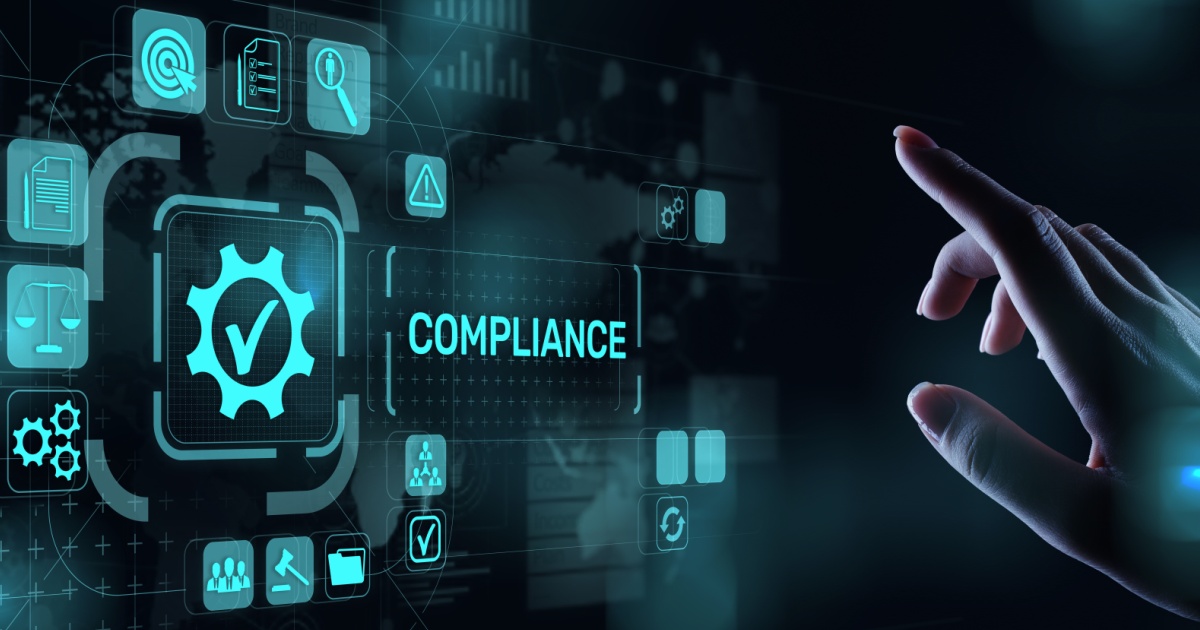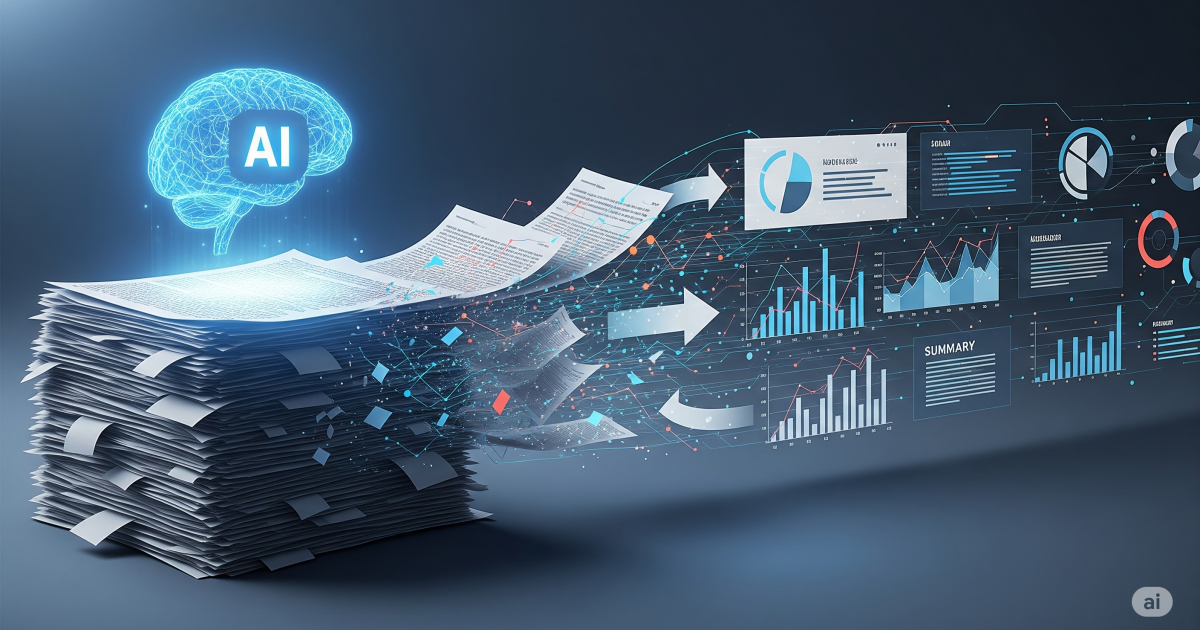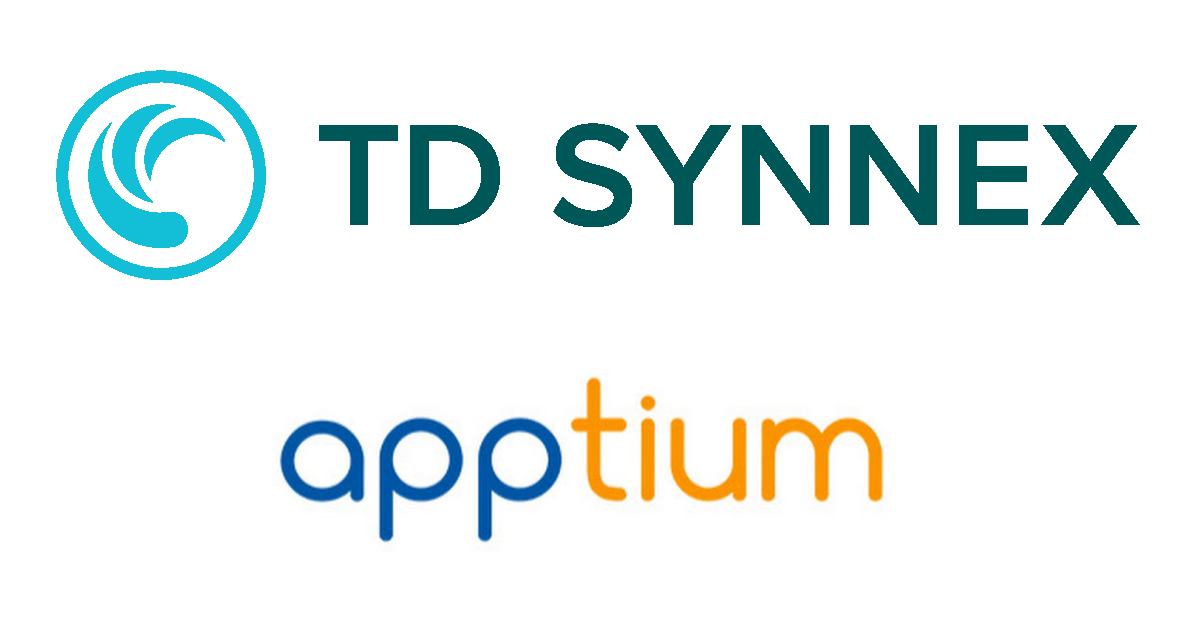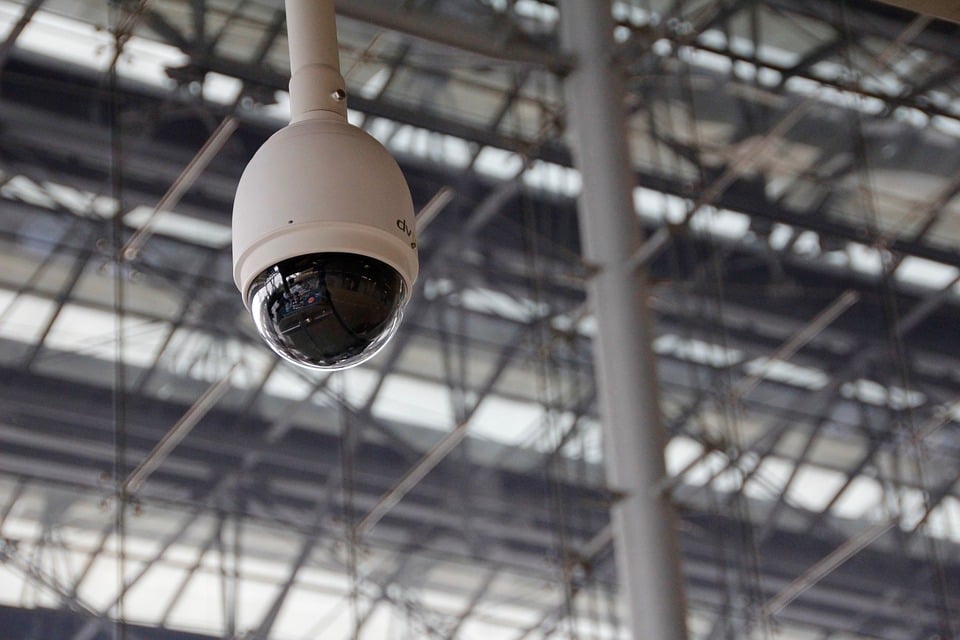
Traditionally, manual or point-in-time compliance is treated as a checkbox that organizations needed to align with if they wanted to avoid the possibility of fines, security breaches, business interruption, loss of a business relationship or a damaged reputation.
As most would guess, anything that is paired with “manual” is deemed a burden, taking up a lot of time. In fact, according to Drata's 2023 Compliance Trends Report, IT and security professionals spend an average of 4,300 hours annually achieving or maintaining compliance. It’s mind-boggling to think they spend almost half the year on compliance. And when costs are factored in as well, something definitely needs to change.
"It's clear to see that most IT and InfoSec professionals understand the importance and value of their compliance programs," said Adam Markowitz, Drata co-founder and CEO. "But without proper budgeting and automation, they unfortunately feel stuck in the manual management of those programs, and that's where long-term issues arise and where growth is ultimately prohibited."
Well, with zero trust concepts starting to gain more of a foothold, the way organizations implement risk and compliance programs are changing for the better. Now, organizations require constant verification and vigilance to achieve active and proactive states of compliance. As a result, continuous compliance is on the rise.
Continuous compliance, according to the report, intertwines people, processes and technology, resulting in full visibility of the status of risk and compliance controls. Organizations also gain cybersecurity capabilities that are otherwise unavailable to point-in-time or manual compliance processes.
The main benefits for those who have adopted it see greater organizational trust, shorter sales cycles, gains in competitive differentiations, and greater visibility beyond a point-in-time snapshot of their compliance posture. And the top benefit, according to two-thirds of report respondents, is the ability to easily attract new customers.
Compliance shouldn’t be a forced exercise or make businesses “feel stuck.” It should be a business accelerator. Relevant solutions that align compliance as a business differentiator increase revenue, build internal and external trust, and act as a foundation for cybersecurity.
As continuous compliance evolves, it is expected to blur the line between compliance concepts and cybersecurity in the next half-decade as more companies adopt it.
Edited by
Alex Passett






